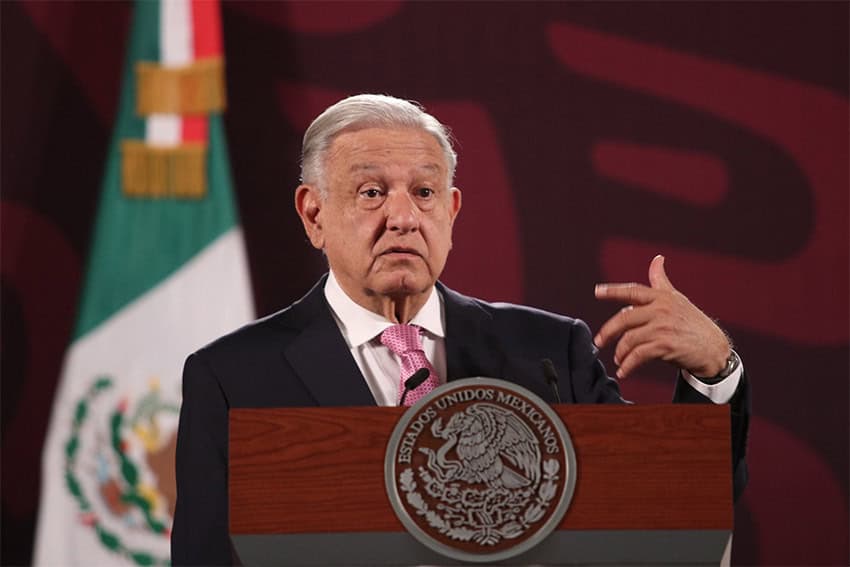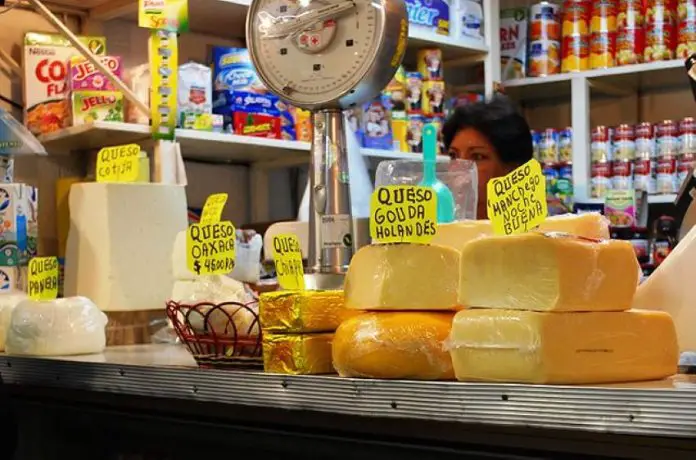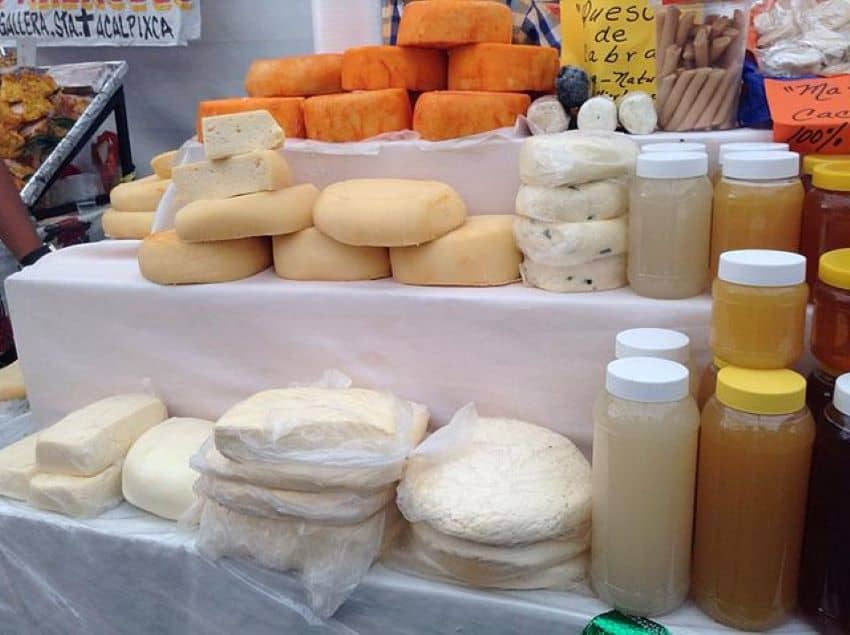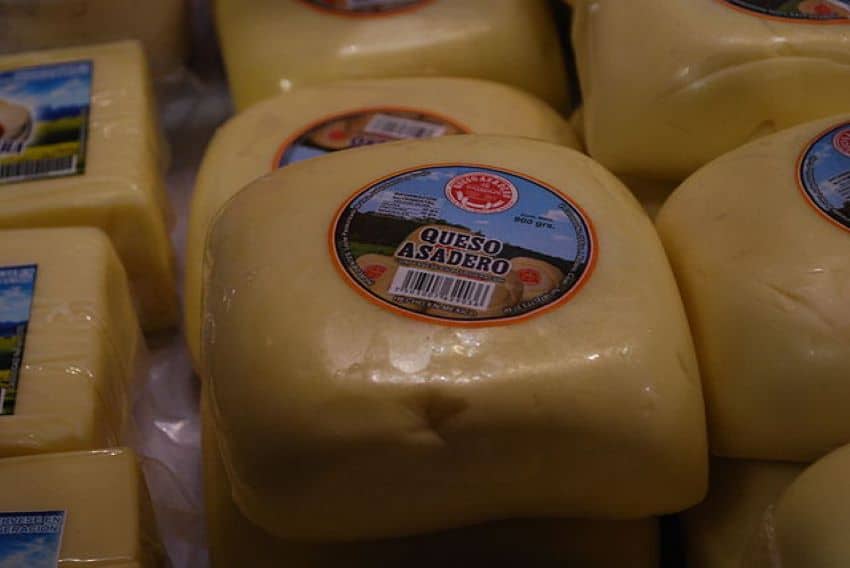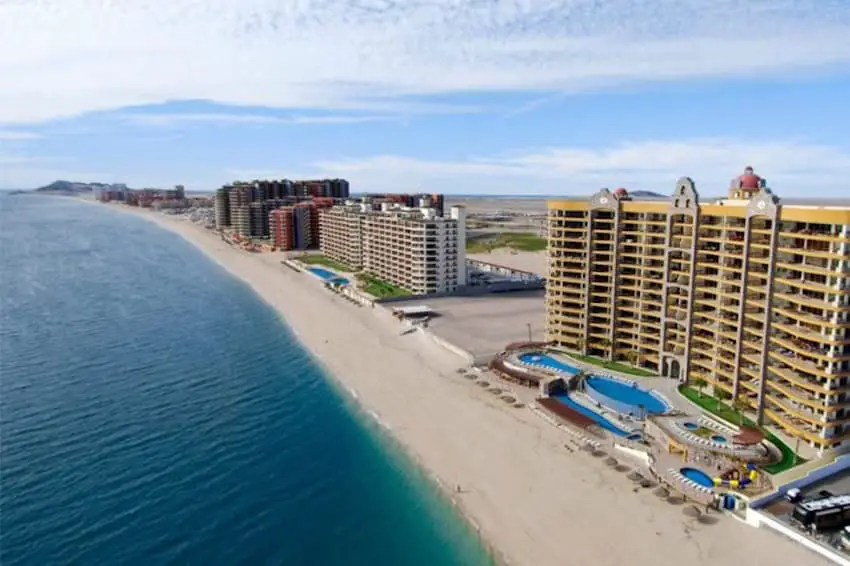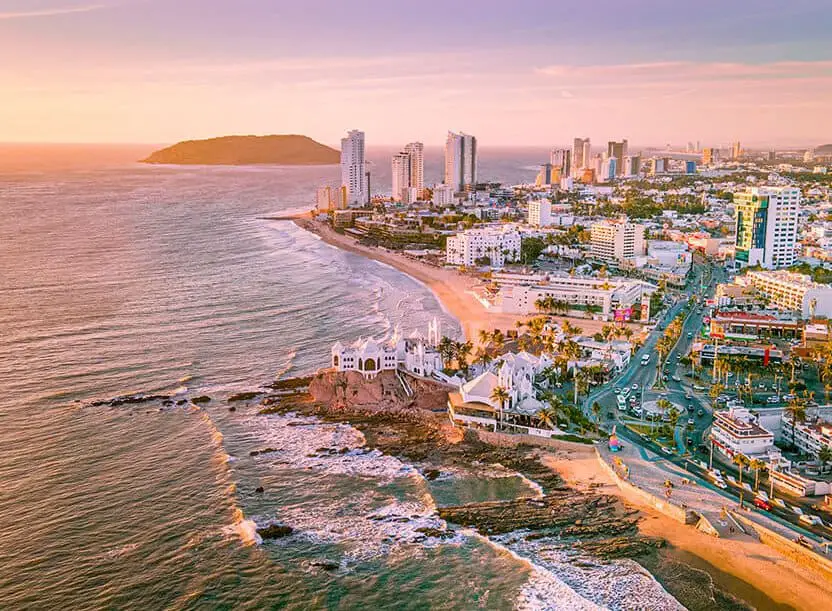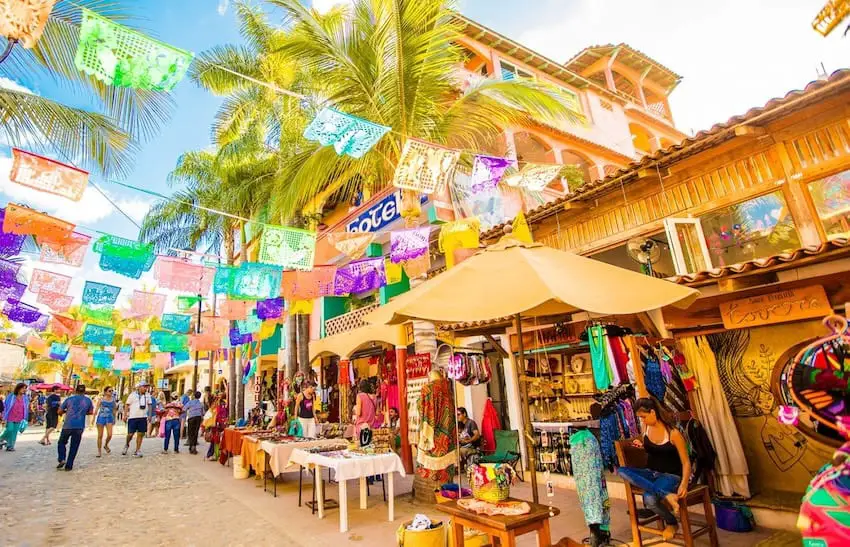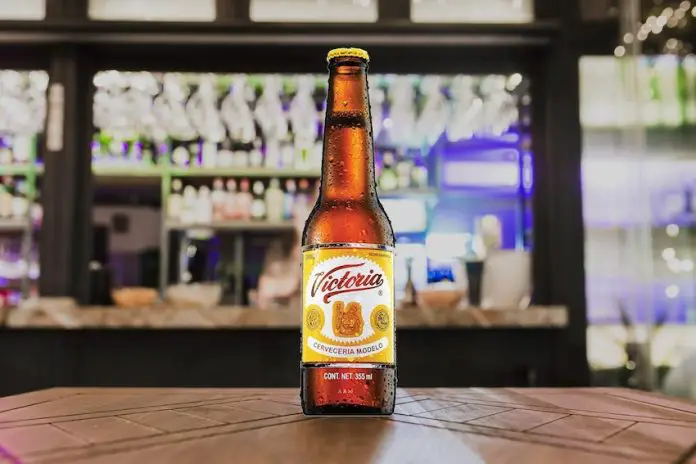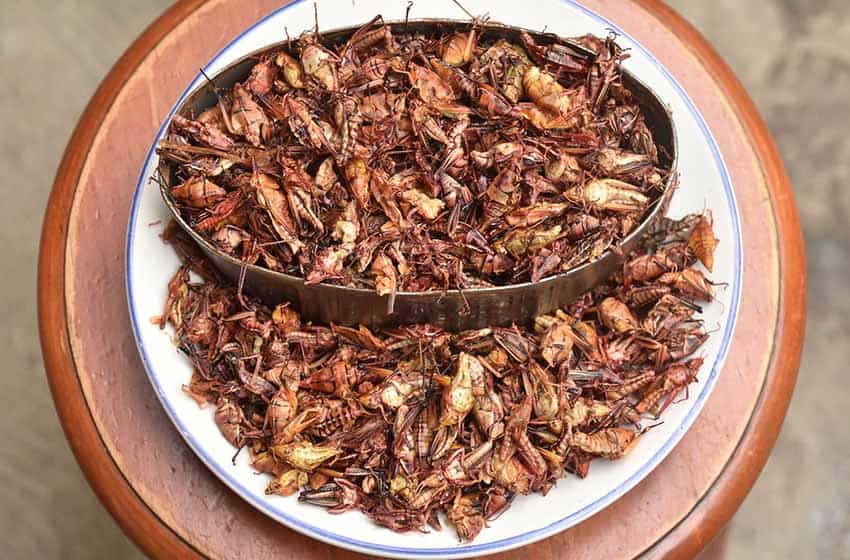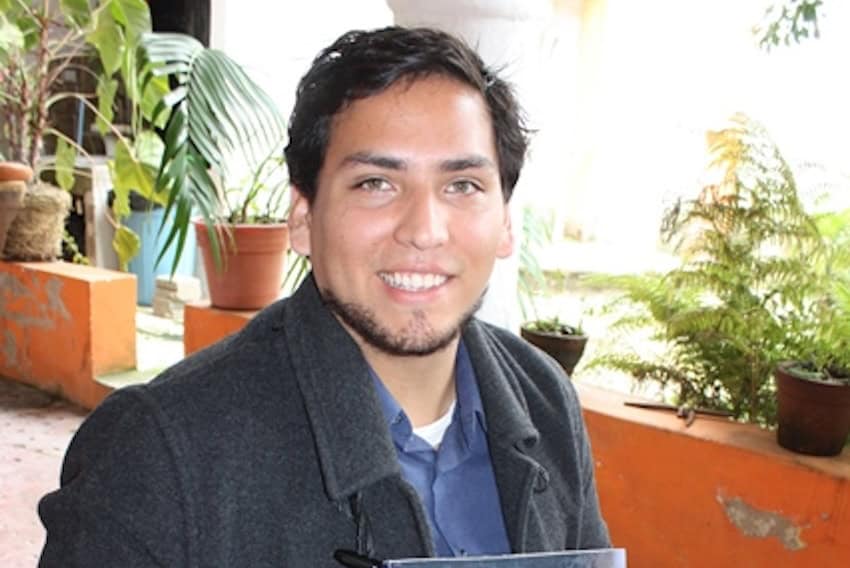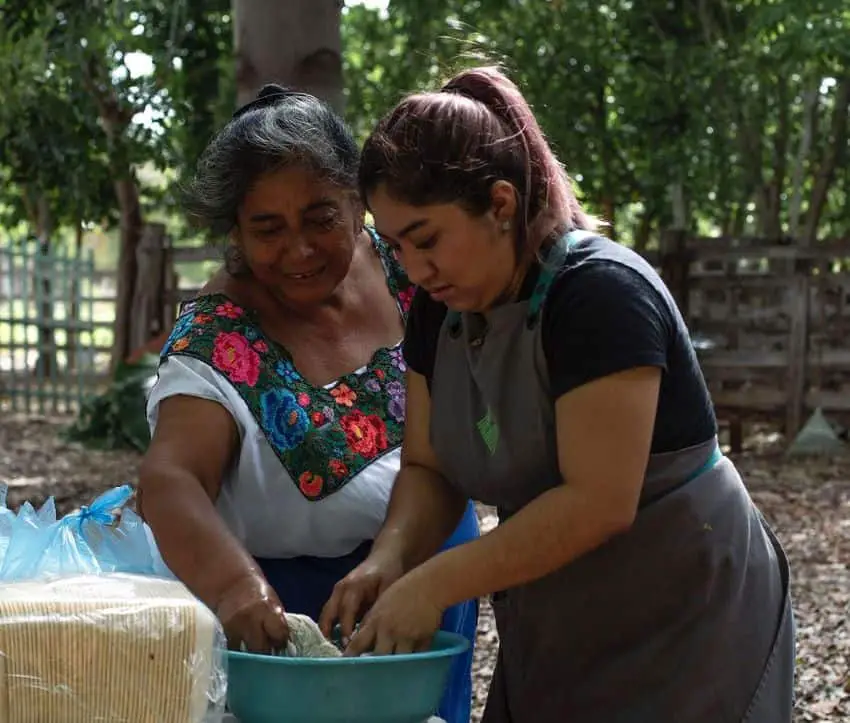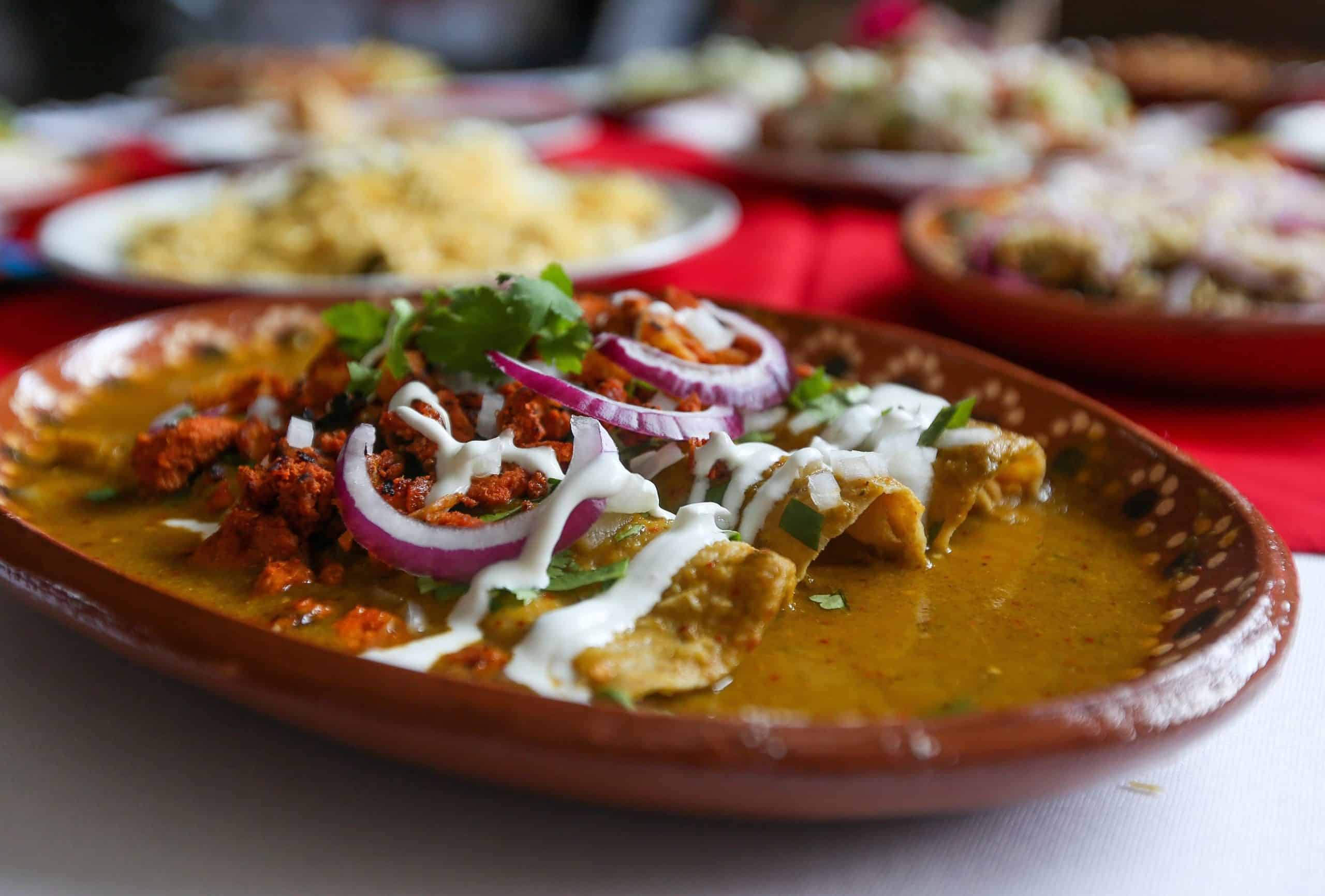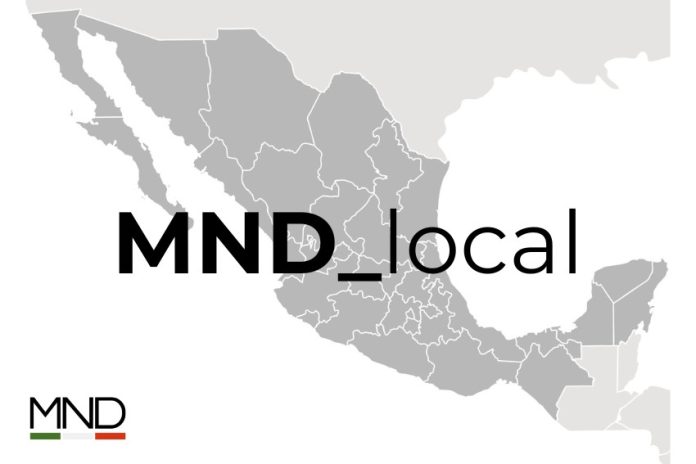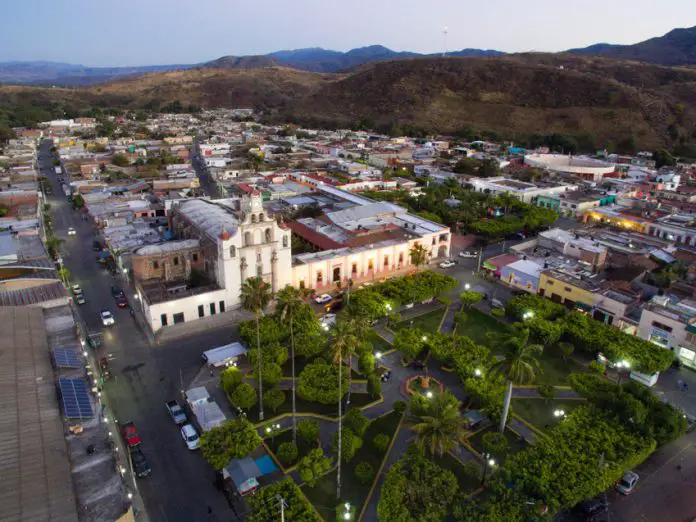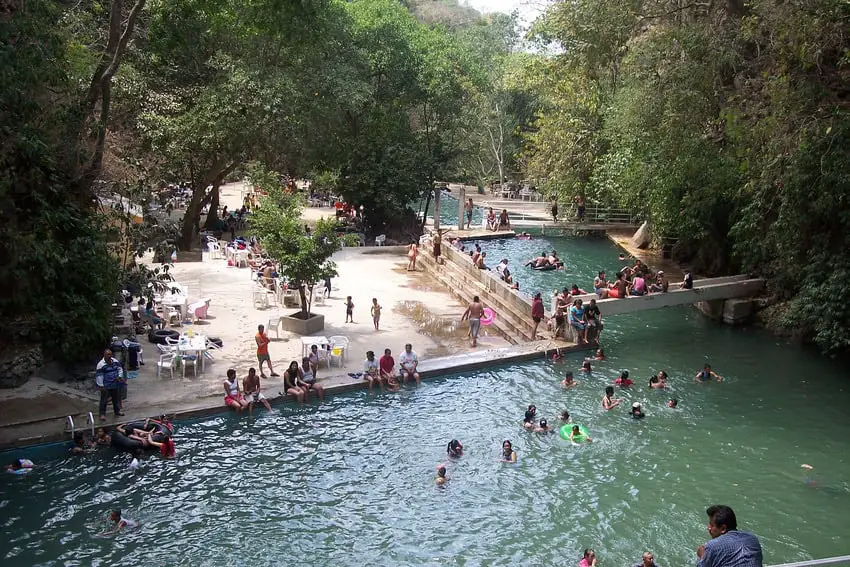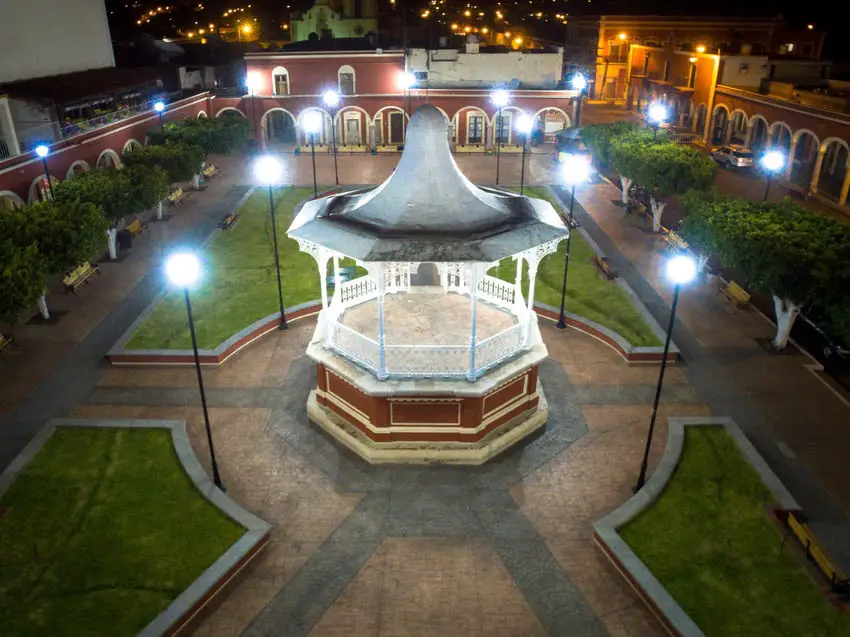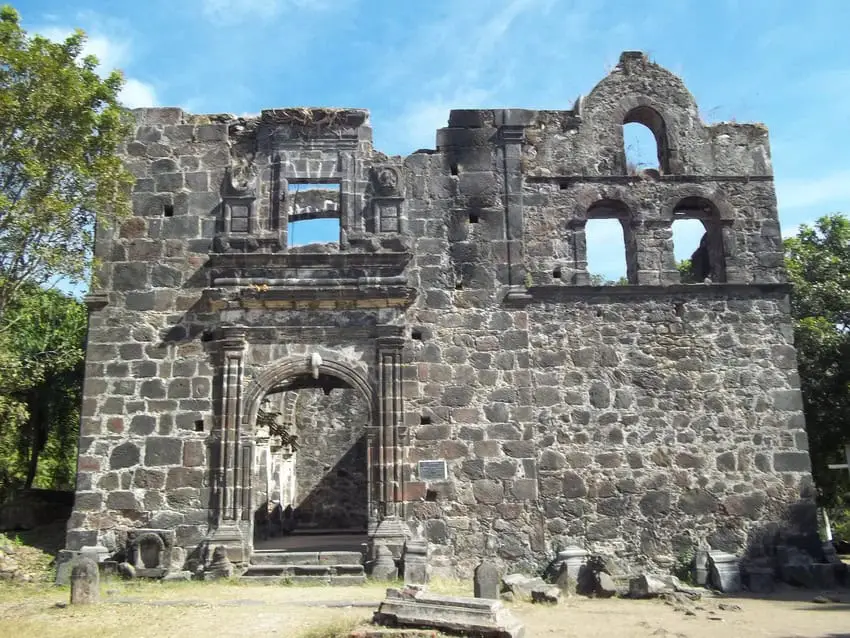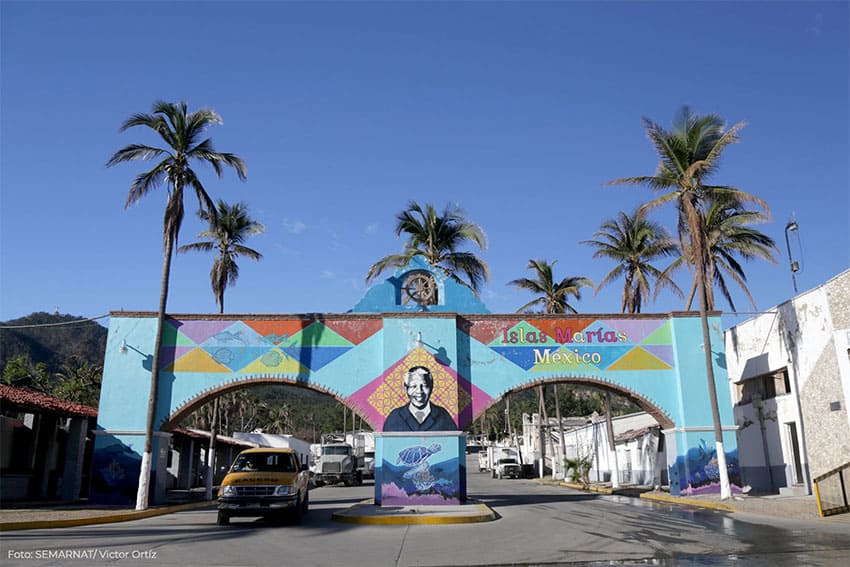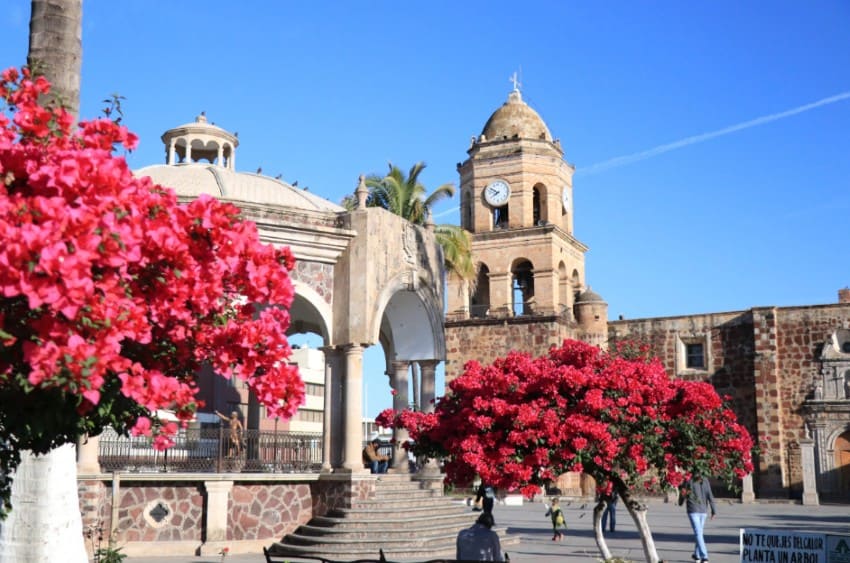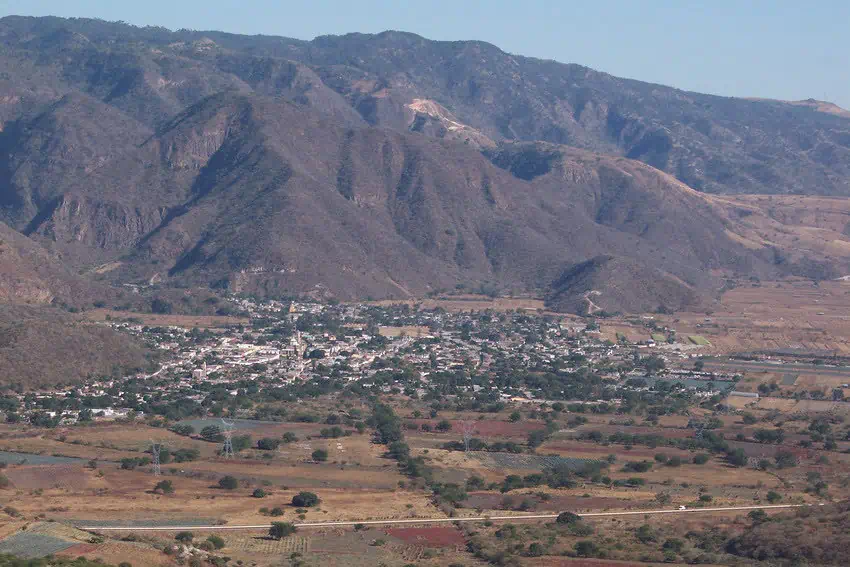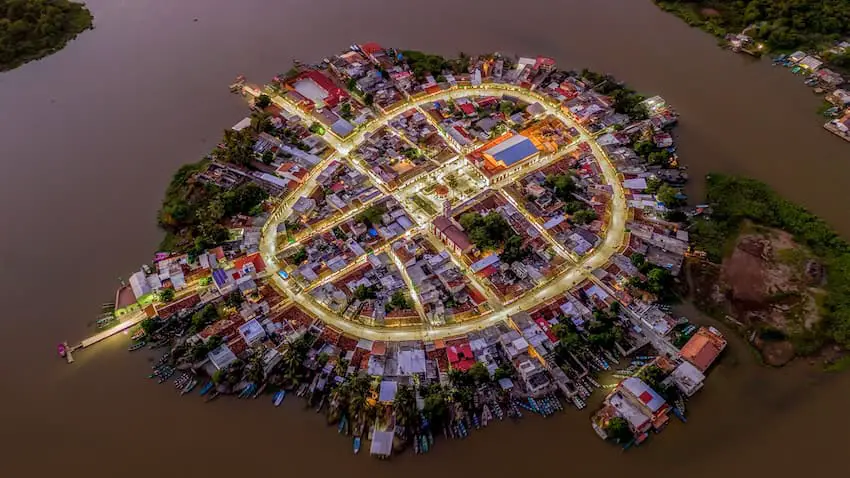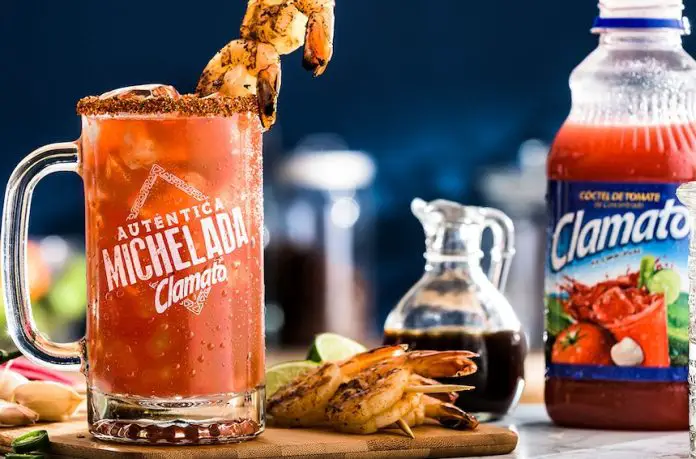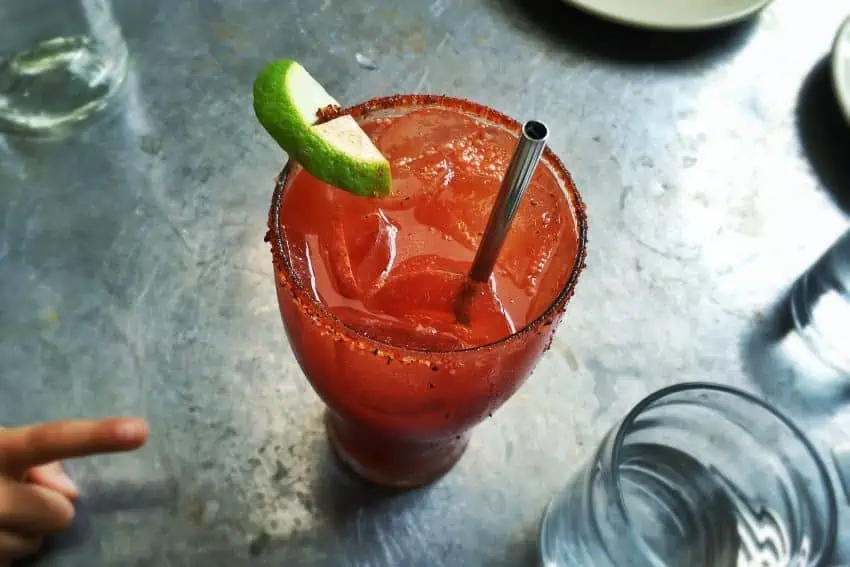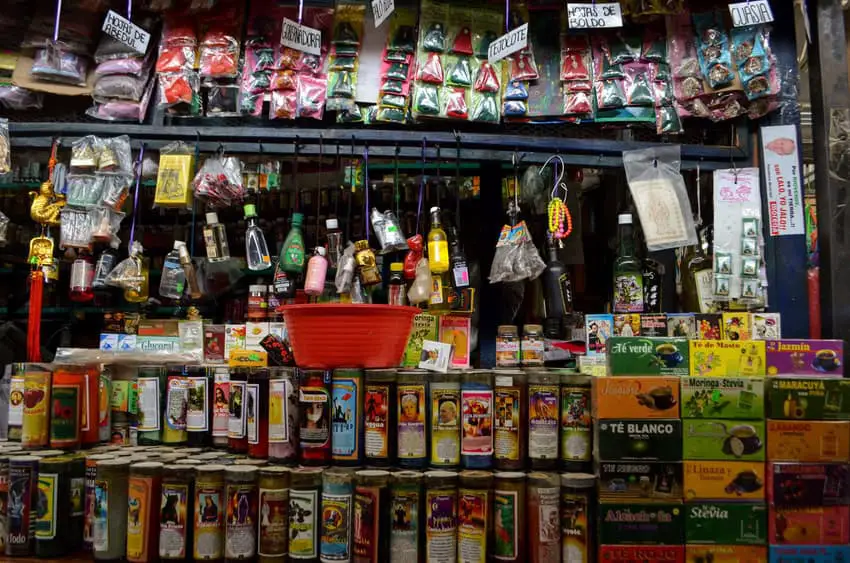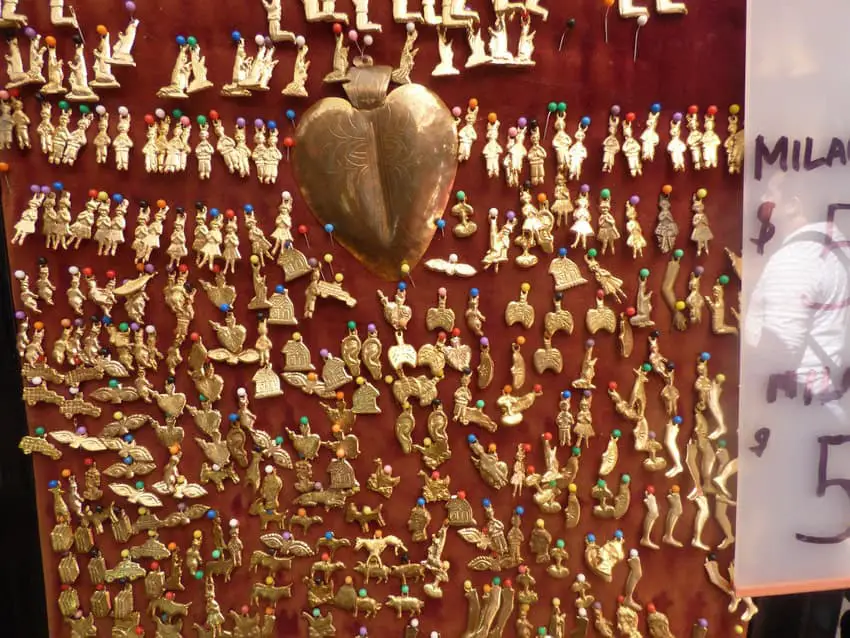An accused fentanyl trafficker and alleged “close associate” of Sinaloa Cartel leaders Ismael “El Mayo” Zambada García and Joaquín “El Chapo” Guzmán Loera was found dead in Sinaloa on Saturday.
The body of Martín García Corrales was found near a dirt road in the municipality of Elota, which borders Culiacán to the south.

His murder came three weeks after Zambada was arrested in the United States along with Joaquín Guzmán López, one of El Chapo’s sons.
García Corrales was also an alleged associate of Los Chapitos, as El Chapo’s sons are known.
Two other bodies, including that of García’s brother José Ricardo García Corrales, were found in the same location in Elota. An El Universal newspaper columnist identified the third homicide victim as Francisco Javier Machado Ceballos.
The semi-naked bodies of the three men, all of whom had been shot, reportedly had signs of torture. Their eyes were blindfolded, their mouths covered with tape and their hands tied together.
Who committed the homicides and the motive for the crime is unclear. As of Monday morning, authorities in Sinaloa hadn’t released any public statement on the murders.
Martín García was wanted in the United States, where the State Department was offering a reward of US $4 million for information leading to his arrest.
His brother is Leobardo García Corrales, who is wanted in the United States on charges of fentanyl importation and firearms offenses.
Who was Martín García Corrales?
Also known as “El Tano” and “Cachuchas,” García Corrales was born in 1980, according to the United States Drug Enforcement Administration.
The U.S. Department of State (DOS) said in April 2023 that he “supervises many aspects of trafficking fentanyl for” the Sinaloa Cartel “including security, and is a close associate of Ismael Zambada García and Joaquín Archivaldo Guzmán Loera,” who was convicted on trafficking charges in the United States in 2019.
In April 2023, a federal jury in New York returned an indictment against Martín García Corrales, Leobardo García Corrales and others charging them with fentanyl importation conspiracy, possession of machine guns and destructive devices, and conspiracy to possess machine guns and destructive devices.
The DOS said that Martín García Corrales and a co-conspirator met at a restaurant in Mazatlán in November 2022 and the former “agreed to purchase hundreds of automatic rifles and other weapons, including grenades, with payment for the weapons in the form of fentanyl to be imported and delivered in the U.S..”
“Prior to that meeting, approximately September 2022, Martin García Corrales facilitated the delivery of approximately one kilogram of fentanyl at an address in California,” the department said.
The U.S. Department of the Treasury said last September that Martín García Corrales and his brother Leobardo are “associates of the Chapitos” — who head up a powerful Sinaloa Cartel faction — and “large-scale methamphetamine and fentanyl manufacturers in Sinaloa.”
“The brothers negotiate the sale of illicit fentanyl in the United States and operate fentanyl labs in Oaxaca, Mexico,” the Treasury added.
“They use the proceeds from fentanyl sales to purchase automatic rifles, grenades and other weapons.”
El Tano reportedly had “political cover” in Sinaloa
The newspaper Reforma reported that García Corrales “enjoyed political cover,” or protection, in Sinaloa “thanks to his family, members of the Sinaloa Party (PAS), founded by the recently murdered Héctor Melesio Cuén Ojeda,” a former mayor of Culiacán.
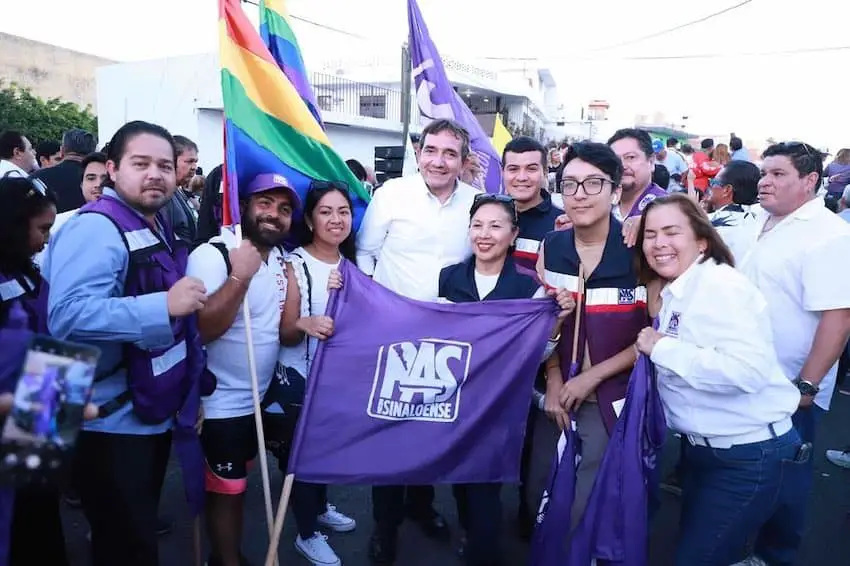
The newspaper noted that his sister, Sonia Estela García Corrales, is the PAS leader in Elota, and that he is related to the party’s state president Víctor Antonio Corrales Burgueño.
Corrales Burgueño, Reforma added, is a former rector of the Autonomous University of Sinaloa (UAS) and a friend of Cuén, who was murdered the same day that El Mayo and Guzmán López were arrested in the United States after landing in a private plane at an airport near El Paso, Texas.
Zambada said in a statement that Cuén was killed at a location outside the city of Culiacán, where he claimed he was kidnapped after being lured by Guzmán López to a supposed meeting with Cuén and Sinaloa Governor Rubén Rocha Moya. Zambada said he was forced onto a plane and taken to the U.S. against his will.
The Elota branch of the PAS lamented the deaths of Martín García Corrales and his brother in a post to its Facebook page.
“With profound sorrow and respect the entire team of the Executive Municipal Committee of Elota joins the García Corrales family in mourning the passing of José Ricardo García Corrales and Martín García Corrales,” the post said.
With reports from Reforma, El Financiero, Milenio and El Universal


